HD Era: The Case For And Against
"High Def" gaming explored.
So gaming is moving out of the 3D era into the "HD era" is it?
That's what Microsoft bigwig J Allard used as the hook to hang his one hour keynote at last week's Game Developer's Conference, but really; how much of this is relevant to European gamers, and how much of it is the sort of forward-looking PR exercise that's pretty meaningless to the vast majority of the gaming audience?
The case for HD gaming
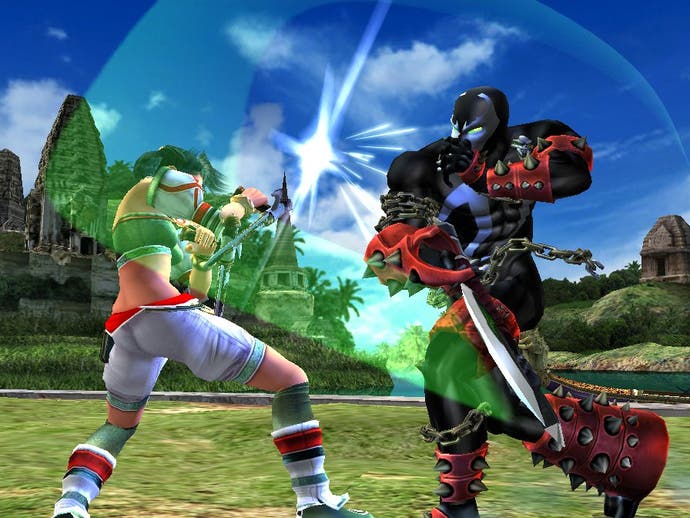
Many of you will probably have a vague idea of what HD is. If you think it means 'hard disk' then go and stand in the corner please and play games on that rather blurry 14-inch portable we've got rigged up for you.
In the space year 2005 and beyond gaming is all about High Definition (HD) visuals, and Microsoft has identified this as one of the key differentiators of next generation gaming as it gears up to launch the successor to the Xbox later this year.
But it's a rather woolly issue, because, technically, where does low resolution end and HD begin? Well, taking the standards used in current HDTVs as our guide, there are three main pointers to what this all means. At the low end of HD there's basic, no frills 480 progressive scan, or 480p as it's generally known. Essentially this display mode is a bit like the resolution you're used to on standard TVs, except all those 'scan lines' you see (if you look close up at the set) are no longer there. This gives twice the picture detail effectively, and so the image you see has a fair bit more clarity than you'll probably be used to. Gone is the 'ghosting' of old. Text and character detail will be there jaggies and all, and what you'll tend to see - depending on just how big the screen size is - is a rock solid stable image that allows you to see the games we play in all their glory.
Many games on the Xbox have supported 480p in the US and Japan for the last three years or more, and that means all these games will look crisper and more vibrant on an HDTV-ready TV. A few game makers have pushed the Xbox even further and support pin sharp resolutions of 720p (1280x720), such as the incredible Soul Calibur II, while some - like Enter The Matrix - even go up as high as 1080 interlaced (1920x1080 with scan lines, in other words). Once you see your games running like this, you won't want to go back.

But while PAL Xbox gamers have so far missed out on the early days of the HD era thanks to Microsoft disabling HD support for Europe, the good news for next generation console gamers is that Microsoft won't make the same mistake in Europe next time and is now ready to push HD gaming to the forefront across the world.
Although little is known about the specifics as yet, it's a safe bet that all Xbox 2 games will support 480p as standard, with many if not most able to wow users in 720p. At this stage gamers will finally be able to revel in an image quality on a console that only wealthier gamers with top spec large flat screens displays have been able to experience up to now. The extra grunt in next gen consoles will herald a transformation in how we perceive games, and J Allard's proclamation that gaming will be right at the centre of driving HDTV adoption may not be that much of a leap of faith.
It's one thing saying that games look incredible on a big HDTV screen. It's another thing witnessing it for yourself. It's certainly going to be a key part of promoting next gen consoles to show the man on the street exactly what the difference is between the pixelated, jaggie ridden games we play on consoles now and the crisp, delicately detailed games of the future. Expect some sort of before and after demonstration.
And with big flat screen HDTVs plummeting in price into the realms of mass affordability, it won't be long before large plasma and LCD screens will become part of the standard gamers' set up - and then we'll all recall how things used to be and wonder how we put up with it.
The case against HD gaming
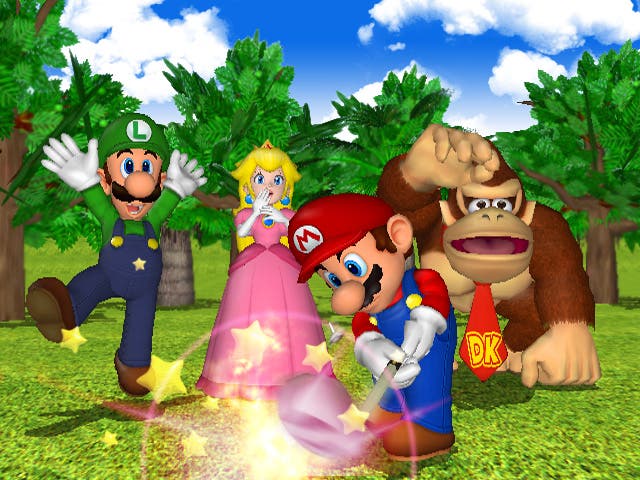
Well, clearly there's very little point dismissing the idea of a sharper, crisper image for gaming - everyone wants that, surely? But using it as a hook to hang next gen console gaming on is misleading to say the least, and there are more than a few barriers to entry for the masses.
Let's get one thing straight here: the 'HD era' that Allard talks about so animatedly has - if we want to be pedantic about it - been with us for well over a decade. To talk of moving out of the 3D era into the HD era? That smells more than a little like a convenient rewriting of history when you take what's gone before into account.
Sometimes it feels like console manufacturers want to airbrush the PC out of existence because it tends to make the technical wizardry in their boxes seem slightly less impressive. But, really, PC gamers have been enjoying high definition/HD gaming for the past 15 years or more. True enough, 640x480 resolution is hardly what you'd call a high definition resolution these days, but it's the basic starting point of what we've come to accept as the low end of HD displays.
Even if we ignore that, back in 1996/97 games with 3D acceleration made pin sharp resolutions of 1024x768 and above accessible to hardcore gamers - particularly evident once 3dfx started having massive success with its Voodoo range of cards, and later ATI and NVIDIA started finally getting their respective acts together with Radeon and GeForce 3D accelerators.
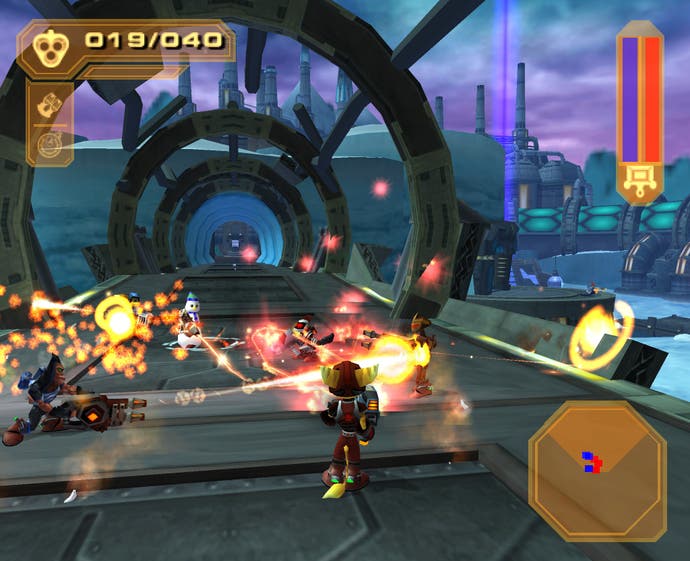
And even if we pretend that PC gaming is some kind of gaming anomaly that 'doesn't count' because it doesn't belong in the living room, and is something we should therefore ignore, every console of the current generation has had high definition capabilities of varying degrees of impressiveness. For proof that the 'HD era' has been with us for years, look no further than the capable machine that is the Sega Dreamcast's release in Japan way back in 1998.
With the Dreamcast it was straightforward - except to actually unlock the console's latent HD power you had to buy a VGA adaptor (probably on import) and rig it up to a display that supported with the appropriate input and the native 640x480 resolution (widescreen was also adopted on a handful of titles too). But given that almost all PC monitors, LCDs and Plasma displays have the familiar 15-pin VGA sockets, it's actually incredibly easy to do, and you'll be amazed to find how Dreamcast games like the legendary Virtua Tennis 2 look much better than the dreadful PS2 ports that followed. Next to typical PS2 games of 2005, quite a few Dreamcast games more than hold their own even now. With this in mind, Sega fans will weep even more about the DC's undeserved fate.
But the oft-maligned PS2 supports progressive scan right out of the box, and HD-enabled games appeared not long after its release back in 2000. If you can track down the necessary component video cable and have a display to support 480 progressive scan you can go back and check out how some of them fare - you might be pleasantly surprised. Sites like www.hdtvarcade.com and www.hdtvpub.com provide full lists of the titles released to date with HD support.
In particular, you'll find that many of Sony's first party games have progressive scan support; notably The Getaway, Primal, Ratchet & Clank 2/3, GT4 and many more. Mysteriously, though, prog scan support started to be dropped from PAL versions of PS2 titles about 18 months ago, and only US versions tend to carry them these days. Is Sony trying to annoy PAL gamers deliberately, or what? Or does Sony think that PAL gamers are too poor to own Plasma or LCD displays? It's totally arbitrary behaviour to literally hack out HD support for PAL, and pretty nonsensical, but even so, the PS2 is the only PAL console to actively support HD displays in any shape or form, so we can't be too harsh on Sony. Until it goes and drops the 1080i support for flagship titles like GT4 in PAL territories. Grrr.

But the Sony moans pale into insignificance next to Microsoft's utterly farcical treatment of PAL Xbox owners, having released the world's most capable HD console in Japan and the US, only to literally hack out the high definition display software options out of the PAL desktop. It's like the 50/60Hz debate all over again, except actually far less understandable; guys, we have the kit, right here. Let us use it.
What should happen when you output the Xbox via the High Definition AV pack is that new display options should automatically appear in the desktop settings, allowing users to check the relevant boxes to say whether their TV supports 480p, 720p and 1080i. The trouble is, Microsoft hacked those options out, even though the hardware inside is capable of doing all of that.
Given that most PAL Xbox games released to date support 480 progressive scan, as well as the odd title with 720 progressive scan (Soul Calibur II most gloriously, but True Crime or Crash Nitro Kart in 720p just look even morebland), and a handful with 1080i support (the aforementioned Enter The Matrix, Dragon's Lair, and, um, Atari Anthology to really show us the future), it's just galling that for the hapless PAL gamer to realise that their machines have the capability to display these resolutions locked away in the hardware.
To get around this pointless piece of techno-bureaucracy you're faced with resorting to drastic measures to re-enable these desktop options so baselessly hacked out. Either you go to the hassle of buying a US Xbox and buy all your software on import, or void your warranty and get the machine modded - with the added 'bonus' of being kicked off your Live subscription if you openly go online with such a device enabled. Nice work there, chaps. Why Microsoft hasn't released some sort of official patch is a mystery. We popped the question to Microsoft and await its reply.
To compound the misery for law-abiding PAL gamers, Xbox's standard 480 interlaced RGB output via SCART looks decidedly less sharp than the equivalent from rival consoles - which in layman's terms means that an Xbox displayed on a big HDTV screen will sport slightly blurry fonts and the lack of pixel perfect clarity other consoles deliver. This is hardly noticeable on a standard CRT TV - so you might wonder what I'm on about - but it's a moot point for gamers striving for the best visual quality and trying to show off why they’ve just spent thousands on a massive widescreen display of justice. Not being able to correct this by popping the Xbox into prog scan mode is plain annoying if you're one of these people.
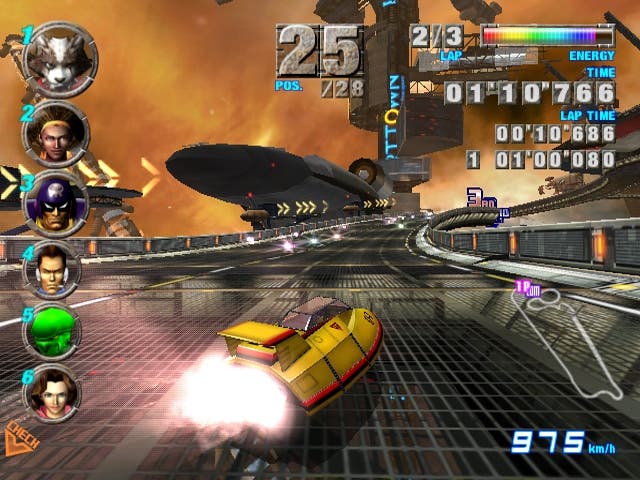
The GameCube, meanwhile, is even more complicated than the PS2 or Xbox, but at least doesn't involve a soldering iron and invalidating your warranty. Yes, the PAL Cube does support HD resolution at 480 progressive scan, but only if you're willing to go through the hassle of buying all your software on US import, and don't mind running them through Datel's region-switching FreeLoader every single time. Oh, plus you need the requisite Component video cable, which you can generally only source on import. One solution is simply buying a US Cube for next to nowt, but that's not the point is it?
So even if you did get around to rigging up all your consoles, getting all the leads and splitter cables and god knows what else, the end results aren't necessarily all that you were expecting. For one thing, 480 progressive scan looks barely any different to 480 interlaced on a big screen. If anything it can simply highlight the flaws, jaggies and bad texturing even more. Sometimes putting a game back on the old TV makes it look much more tolerable - because that was the display it was designed to run on.
You see, the fact is that big screen plasma TVs and LCDs don't have those ugly scan lines that standard CRT TVs have, so essentially any benefit of removing those scan lines by moving from 480i to 480p is somewhat limited. It is noticeable, don't get us wrong, just not the big leap we were expecting; in this current generation the leap was more useful for NTSC users than PAL user, thanks to the deficiencies on the old NTSC resolution which was about 20 per cent lower than we were getting. Hopefully PAL gamers will really start to appreciate the difference once this brave new HD era Allard speaks of kicks in.
But for HD era gaming to really make a big difference, next gen games will have to support 720p as standard, which is to say 1280x720. This compares to the standard 4:3 PAL resolution of 640x 576, so it's a massive generational leap - but also a lot of extra resource overheads for developers to come to terms with. Happily it appears that this is going to be the default level of HD support from Microsoft; although Sony and Nintendo's plans have yet to be revealed on this score.
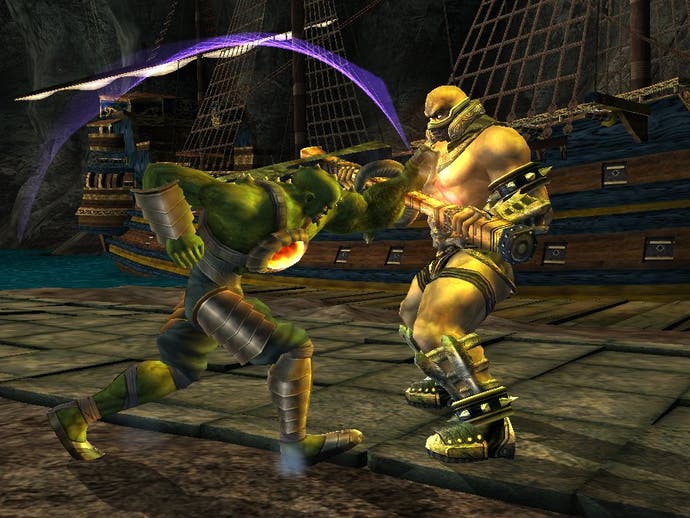
Although we're behind the fundamentals of HD gaming all the way, we're not entirely convinced that many developers will make full use of it, choosing to guarantee the slick performance of a game running at lower "mass market" non-HD resolutions than tune their games to run on screens maybe only a tiny fraction of their audience will own. After all, shifting a few million less pixels makes all the difference when you're trying to get a game running at 60fps.
Currently at least, the merest sliver of a fraction of gamers are HDTV-ready outside of the US and that presents a huge challenge for Microsoft and its rivals. Do they really try and sell their next gen tech on something which is clearly five to ten years away from being anywhere near mass market, or live in the hope that their beefed up gaming tech will be the driver to speed up adoption for HD displays?
To a large degree this HD era speech is typical Microsoft; trying bravely to drive user adoption of something that really only exists in the conscience of the early adopter hardcore outside of the US. Take its Live service as the classic example of its thinking; nigh on 2 million Live subscribers or not, only about 10 per cent of those apply to Europe, and frankly those are tiny numbers for a service that's been available on a free trial to every Xbox gamer out there. It does very much seem sometimes that Microsoft thinks about its home audience first and foremost, rightly or wrongly.
While you have to applaud Microsoft for trying to push on with forward-looking, boundary-breaking ideas that some of its rivals balk at, it's better to live in the realms of reality and note that the HD era has been with us for some time. This is not a new thing, and it will take far longer than people think to become part of the mainstream. For us Europeans, it's even less likely to take ahold with current HD broadcasting trials not even getting underway until next year, so don't go throwing away your crusty old CRT set just yet. You may not see the benefits for some time to come, and you'll save yourself a vast outlay in the process...

